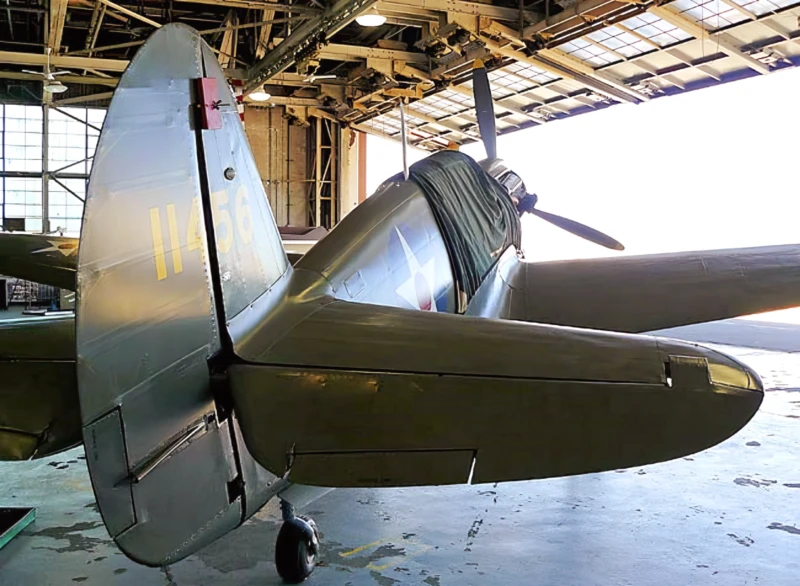
Curtiss P-40 Warhawk | |
|---|---|
| Šalies | Jav |
| Vaidmenį | Naikintuvai ir antžeminiai atakos orlaiviai |
| Pirmasis skristi | 1938 m. spalio 14 d. |
| Pastatytas | 13738 |
2007 Curtiss P-40 Warhawk Tai buvo amerikiečių vienmotoris, vienvietis, metalinis naikintuvas ir antžeminis atakos lėktuvas, kuris pirmą kartą skrido 1938 metais. P-40 dizainas buvo ankstesnio "Curtiss P-36 Hawk" modifikacija, kuri sutrumpino kūrimo laiką ir leido greitai pradėti gaminti ir eksploatuoti. "Warhawk" naudojo 28 šalių oro pajėgos, įskaitant daugumos sąjungininkų galias Antrojo pasaulinio karo metu, ir liko priešakinėse linijose iki karo pabaigos. Tai buvo trečias labiausiai pagamintas amerikiečių kovotojas po P-51 ir P-47; Iki 1944 m. lapkričio mėn., kai P-40 gamyba buvo nutraukta, buvo pastatyta 13 738, visi "Curtiss-Wright Corporation" pagrindinėse gamyklose Buffalo, Niujorke.
Šaltinis: Curtiss P-40 Warhawk Vikipedijoje
| Curtiss P-40 Warhawk 22 | |
|---|---|
| Fotografas | Nežinoti |
| Lokalizavimo | Nežinoti |
| Nuotraukos | 30 |
| Curtiss P-40C Warhawk Walk Around | |
|---|---|
| Fotografas | Vladimiras Yakubovas |
| Lokalizavimo | Skraidančio paveldo kolekcija |
| Nuotraukos | 54 |
| Curtiss P-40 Warhawk Walk Around | |
|---|---|
| Fotografas | Billas Maloney |
| Lokalizavimo | Amerikos oro galios muziejus |
| Nuotraukos | 30 |
Taip pat žiūrėkite:
| Curtiss P-40-E Kittyhawk Walk Around | |
|---|---|
| Fotografas | Cees Hendriksas |
| Lokalizavimo | Nežinoti |
| Nuotraukos | 30 |
| Curtiss P-40E Warhawk Walk Around | |
|---|---|
| Fotografas | Vladimir Yakubov |
| Lokalizavimo | Naikintuvų gamykla, Virdžinija Bičas |
| Nuotraukos | 120 |
| Curtiss-Wright P-40N Kittyhawk Walk Around | |
|---|---|
| Fotografas | John Shupek |
| Lokalizavimo | Nežinoti |
| Nuotraukos | 12 |
2007 Curtiss P-40 Warhawk was an American single-engine, single-seat, all-metal fighter and ground-attack aircraft that saw extensive use by Allied powers during World War II. Though often overshadowed by faster contemporaries, the P-40 was a robust, reliable, and crucial aircraft, particularly in the early years of the conflict.
Design and Characteristics
- Rolė: Fighter and Ground-Attack. It was the third-most produced American fighter of World War II.
- Variklis: It was powered by the **Allison V-1710 V-12 liquid-cooled engine**. A lack of a high-altitude, two-stage supercharger in the most numerous early variants limited the P-40’s performance above 15,000 feet.
- Ginkluotės: Armament varied, but typical P-40s were armed with **Six .50 caliber (12.7 mm) Browning machine guns** mounted in the wings. It could also carry a bomb, making it an effective fighter-bomber.
- Strengths: The P-40 was noted for its **excellent diving speed**, **tough construction**, and **heavy armor plating**, making it highly survivable in combat and an ideal platform for ground attack.
- Weaknesses: Its primary disadvantage was its **poor performance at high altitudes** and its relatively **low climb rate**.
Veiklos istorija
The P-40 served in nearly every theatre of the war under various names and with numerous air forces:
- The Pacific and China: The Warhawk is most famously associated with the **Flying Tigers** (American Volunteer Group) in China, where its iconic shark-mouth nose art became a symbol of Allied air power. Its ruggedness and good low-to-medium altitude performance made it effective against Japanese aircraft.
- North Africa: Under British and Commonwealth service, it was known as the **Tomahawk** (early variants) and **Kittyhawk** (later variants). It was vital in North Africa, where the majority of air combat occurred at lower altitudes where the P-40 was competitive.
- Soviet Union: The P-40 was supplied to the Soviet Union through the Lend-Lease Act, where it was used as a frontline fighter, primarily for ground attack and air superiority at low altitudes.
The P-40 Warhawk was instrumental in keeping Allied air forces competitive in the early stages of World War II until more advanced fighters became widely available.
Views : 12400
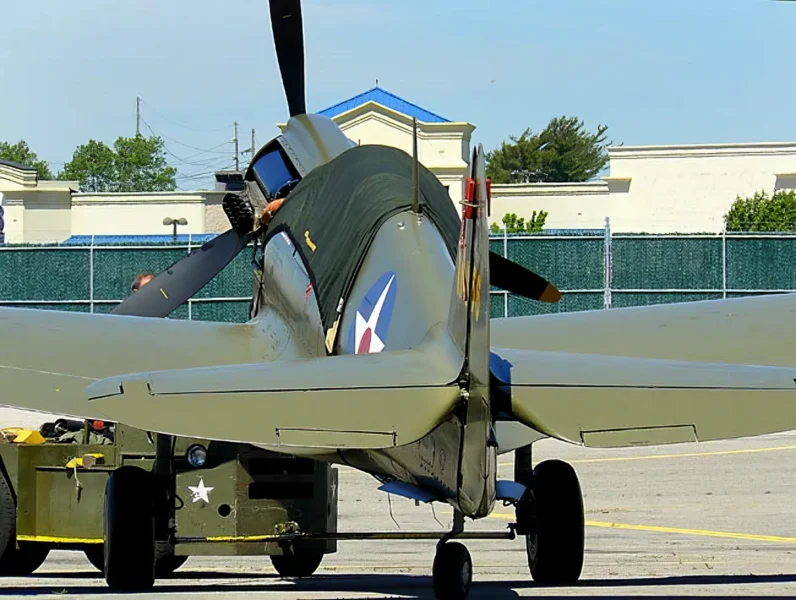
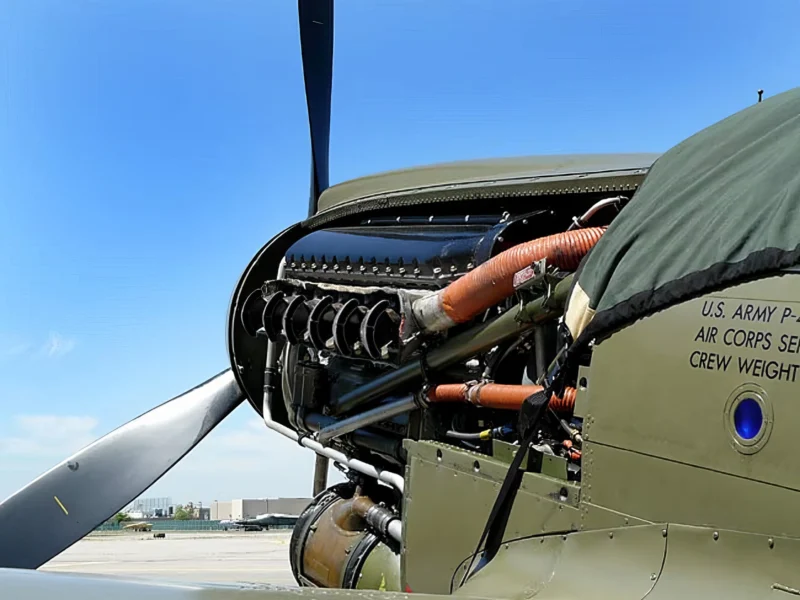
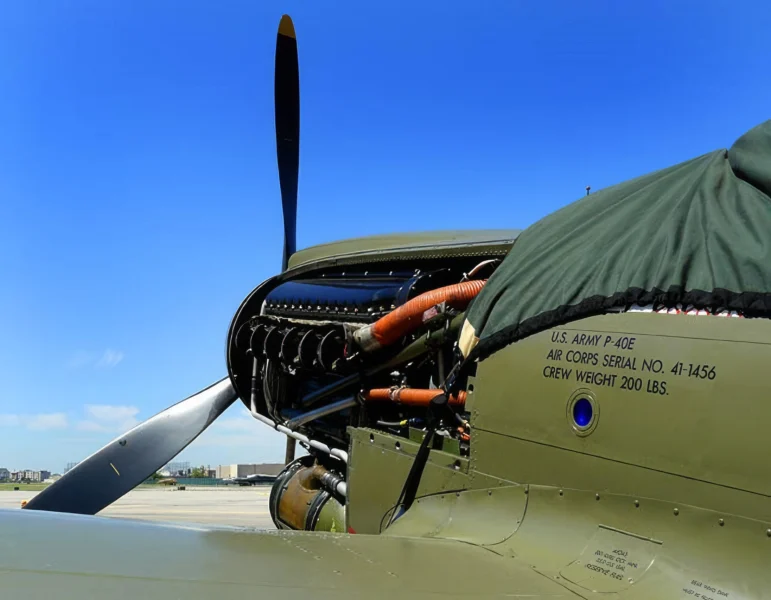
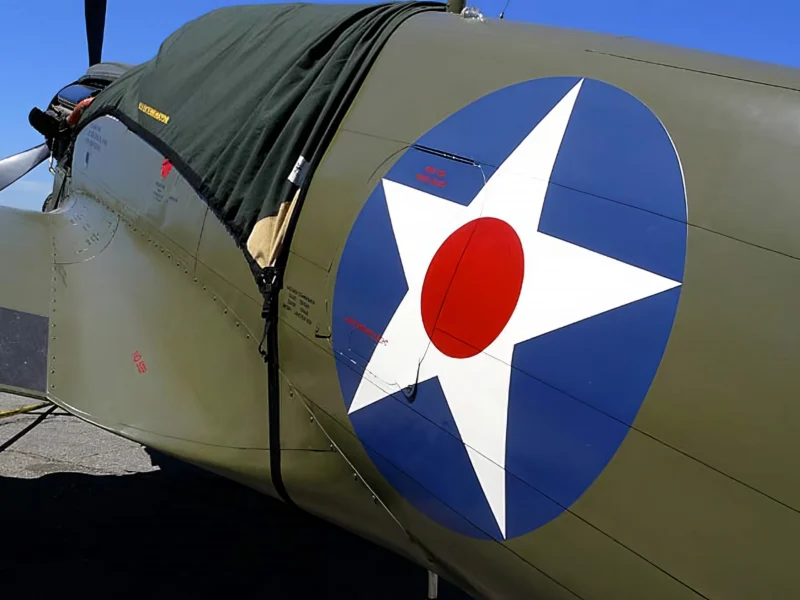
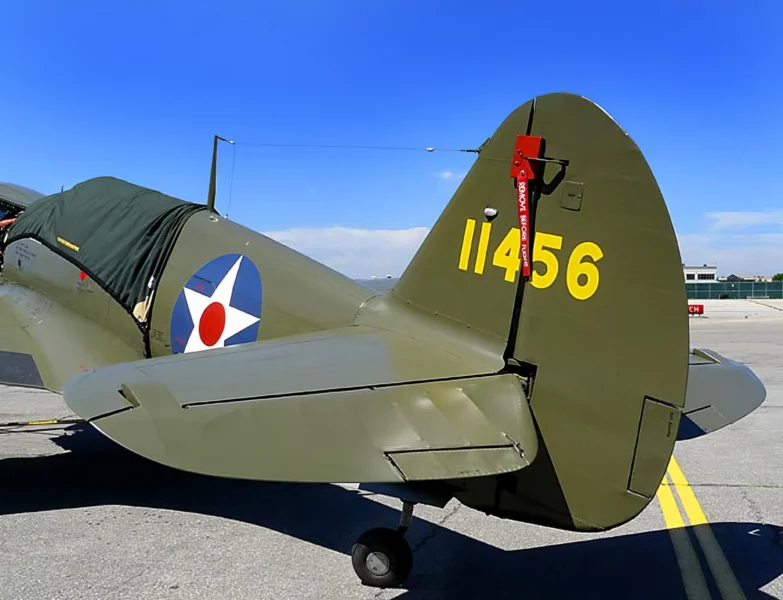
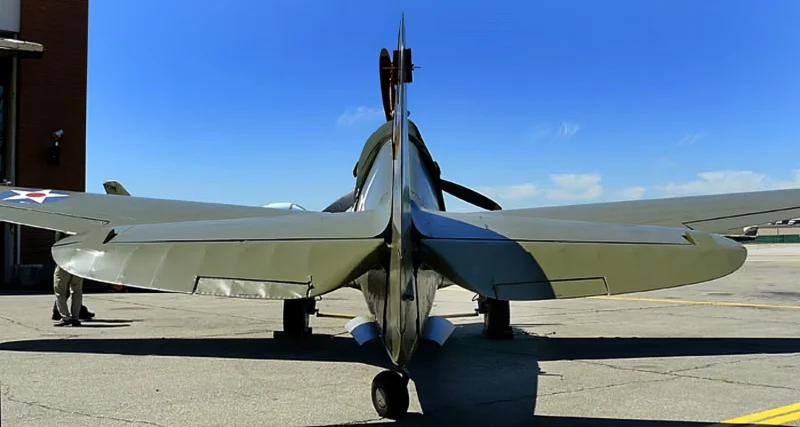
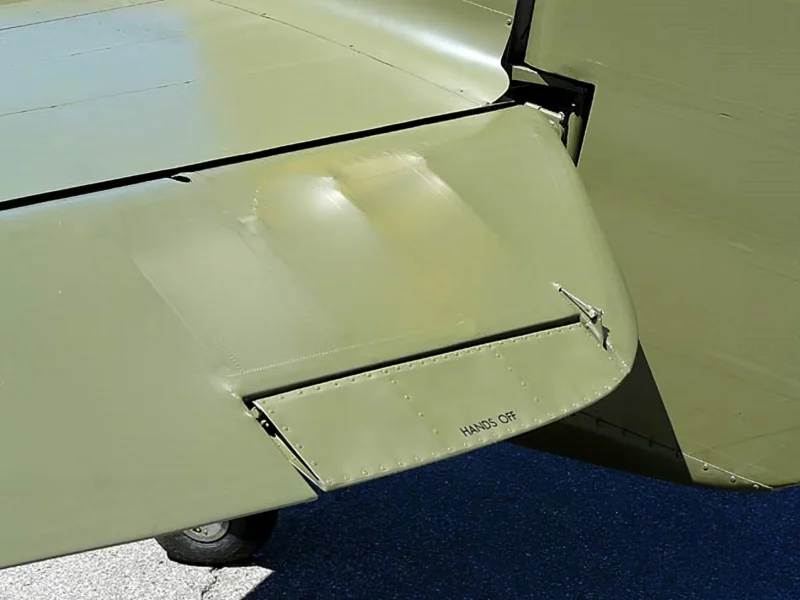
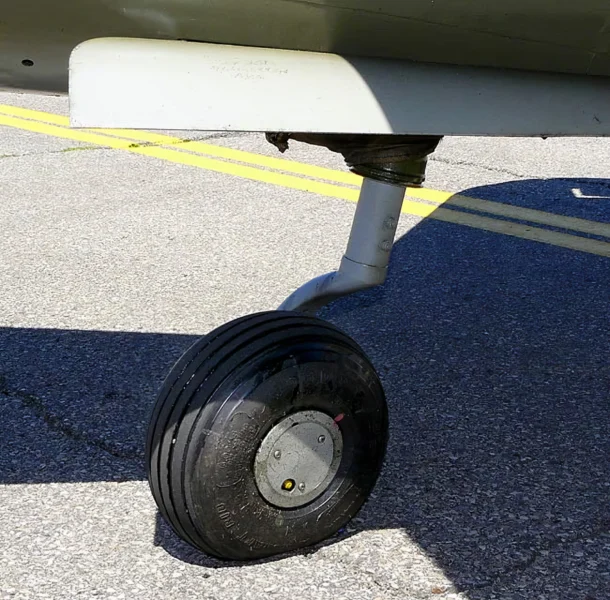
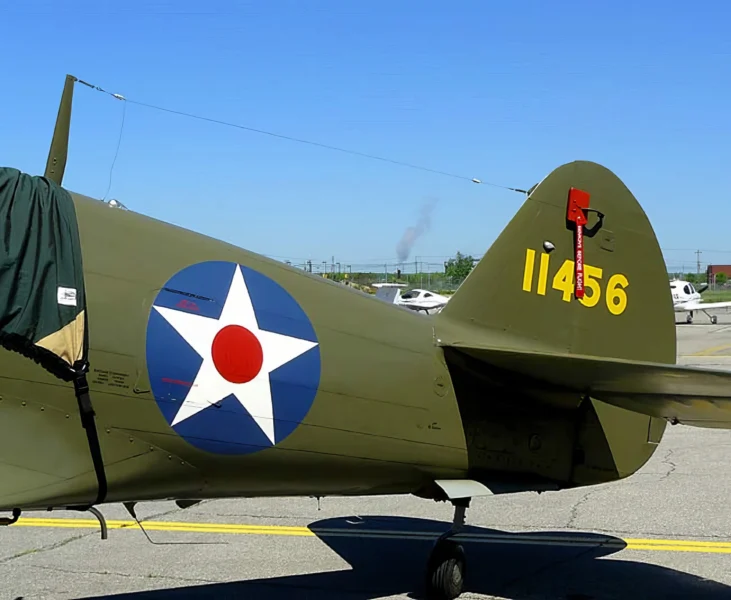


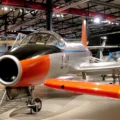
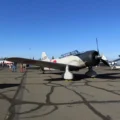
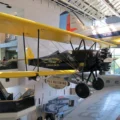
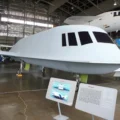
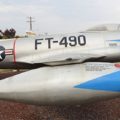
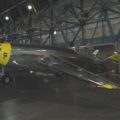
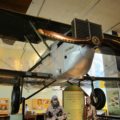
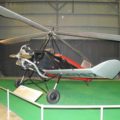
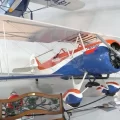
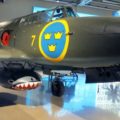
Naujas rinkinys 54 nuotraukos Curtiss P-40C Warhawk